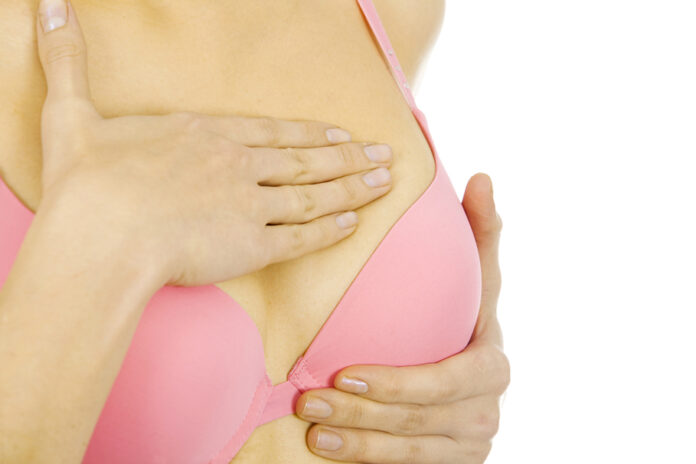Breast cancer awareness has improved so much over the years that many women (and men) now know the major red flags of the disease. Unusual breast lumps, skin puckering, and an inverted nipple, to name a few.
But breast cancer doesn’t always have signs you can see or feel. That’s why screening tools such as mammograms are so important. There are also some less-common signs of breast cancer that can be helpful to know.
Leaking Nipple
If you’re pregnant or recently had a baby and fluid leaks from one or both nipples, it’s probably breast milk. But what if babies aren’t in the picture? Then it could be a symptom of very early breast cancer.
In one study, two women visited doctors about the whitish fluid coming from their nipples. Tests on the fluid suggested cancer. Mammograms found small, widespread spots. Both women had surgery to remove their breasts and learned they had intraductal carcinoma, an early form of breast cancer.
But it’s a lot more likely that this symptom is not a sign of breast cancer. A study of hundreds of women found that nipple discharge was not strongly linked with the disease. You may have another issue, like galactorrhea, a milky discharge caused by a higher level of the hormone prolactin. Call your doctor if you find your nipple leaking, but don’t panic.
Bloody Nipple Discharge
A lot of women fear cancer if they see a blood stain in their bra or a smear of blood on a nipple. Sometimes they’re right: It could be a sign of breast cancer. However, it’s usually harmless. There are many reasons you might have a bleeding nipple, or bloody nipple discharge, such as:
- Intraductal papilloma, growths in breast ducts that aren’t cancer
- Duct ectasia, when breast ducts get wider and thicker and cause fluid buildup
- Your clothing rubs too hard on your breasts, especially when you’re physically active
Unless you know exactly why your nipple is bleeding (for instance, because of a sports bra), mention this symptom to your doctor at your next visit. If the problem happens often, there are a few ways, including surgery, to stop the bleeding.
Swollen Lymph Nodes
Lymph nodes are clusters of cells that help your body filter out and destroy bacteria, viruses, and other harmful things that can make you sick. You know the lump you feel on one or both sides of your neck when you get a cold? Those are lymph nodes hard at work.
It’s rare, but they can also swell when you have cancer. In the case of breast cancer, swollen lymph nodes may appear near the armpit or collarbone. You may even notice them before a breast tumor is big enough to feel. Any time you have a swollen lymph node, especially if it’s near the armpit or collarbone, play it safe and get checked out by your doctor.
Itchy Nipple
Itchy nipples are common, and they usually get better on their own or with anti-itch creams.
Paget’s disease is an exception. This rare form of breast cancer starts on the nipple and extends to the surrounding skin, called the areola. Itching is a key symptom. A few others include:
- Tingling or redness on the nipple
- Flaking, crusty, or thickened skin
- A flattened nipple
- Yellowish or bloody discharge
The symptoms of Paget’s disease of the breast can look like other skin conditions, such as dermatitis or eczema. It’s easy to mistake it for those common problems at first. Be sure to follow up promptly with your doctor if your itching doesn’t go away with simple treatments. For Paget’s disease, surgery is the main treatment.
Tender, Swollen Breasts
There are several reasons you could have this symptom. Infection is a common one. Less often, inflammatory breast cancer is the cause. This rare cancer doesn’t often form a lump. Instead, your breast may go through rapid changes and become:
- Visibly larger
- Discolored (red or purplish)
- Unusually warm
- Dimpled, like an orange peel
- Tender or painful
In inflammatory breast cancer, the cancer cells clog the breast’s lymph ducts, which normally drain extra fluid away. The blockage leads to fluid build-up that causes those classic symptoms.
Source: www.webmd.com









